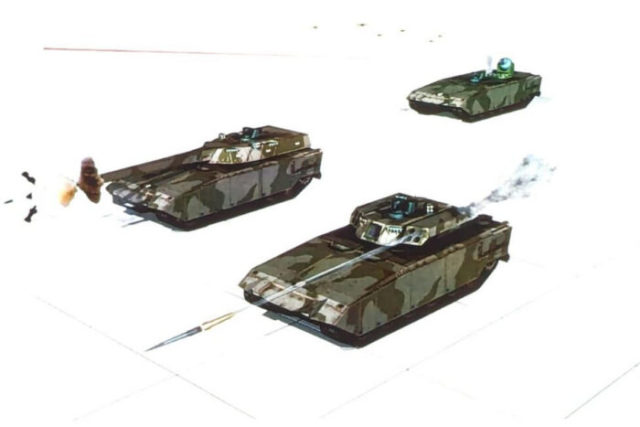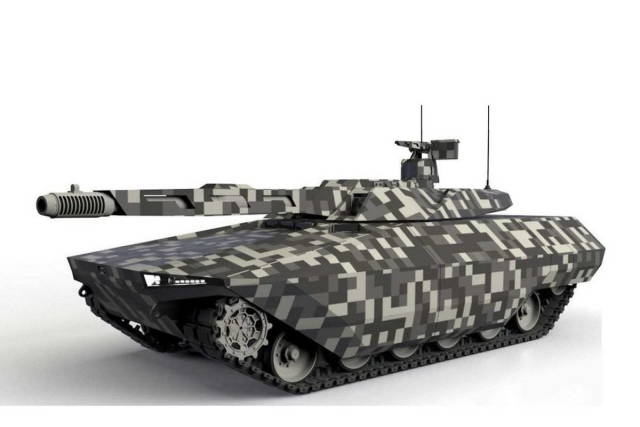During the International Conference on Armored Vehicles Defense iQ in London, speaking on January 23, 2024, the senior procurement officer of the Bundeswehr reported that Germany's vision of the future project of the Main Ground combat System (MGCS) has moved from the design of a single main battle tank (MBT) to a multiplatform solution.
Noting Germany's emphasis on "mobility and mobility again" as the main consideration of MGCS , Colonel Armin DIRKS, head of operations of the MGCS Joint Project Group at the Federal Office of Armaments, Information Technology and Applications of the Bundeswehr ( BAAINBw ), said: "From our point of view, the time of the unified all-in-one platform has passed."
Referring to Lieutenant General Andreas MARLOWE, Deputy commander of the German Ground forces, who previously noted that in the future the tank should provide more capabilities than it does now, Colonel A. Dirks said that the integration of all future capabilities on a single platform will eventually lead to a significant increase in the size and weight of the combat vehicle. In this regard, the commander of the ground forces determined: "In no case: 50 tons; not a single drop more."

Conceptual image of the German version of MGCS
Then the colonel presented a conceptual image of three IFVs, each of which is smaller than the MBT. Two leading infantry fighting vehicles are planned to be equipped with direct–fire weapons: one with the main gun, and the other with a rocket launcher. Both vehicles will be manned, while the BMP behind them with indirect fire weapons will be uninhabited.
Regarding other design considerations, it is expected that all three cars will use the same chassis. This will minimize their logistical burden. At the same time, a significant degree of automation will reduce the requirements for the crew and increase lethality.
As a result, now within the framework of the German concept, the MGCS project includes several 50-ton optionally manned combat vehicles, which together meet a full set of requirements for capabilities that otherwise would not be possible to combine into one MBT. Additionally, it was noted that such a multiplatform solution provides a special advantage, allowing new capabilities to be introduced in the future by adding another vehicle to the military formation without overloading existing equipment.
Once again emphasizing the importance of mobility within the "iron triangle" (firepower, survivability and maneuverability) to put the enemy in new dilemmas, it is proposed to add three key capabilities to the "triangle": surveillance, detection, recognition and identification (SDRI); command, control, computers and intelligence (C4I); and stability.
A.Dirks additionally noted that from the point of view of energy management, fuel consumption and reduction of logistics costs, the new MGCS BMP will have to use a hybrid power plant.
Meanwhile, since the range of the SDRI IFVs must exceed their own firepower, they will need their own UAVs, since modern SDRI requirements cannot be achieved using sensors on the platform.
Moreover, since the crew of the IFV with the main armament is located in the chassis, and not in the turret, this leaves less space for storing ammunition than the Leopard 2 MBT. Consequently, new technology will be needed to provide "more one-shot kills." "In 2050, the Leopard 2 will be in service [for more than 70 years], and therefore we are counting on a future system, a successor system that will be used at least until the end of the century," the colonel added.
As you know, the MGCS project was launched in 2017 by Germany and France to replace the corresponding Leopard 2 and Leclerc MBTs. When asked what the French think about the German plans for a multiplatform replacement of the MBT, Colonel A. Dirks replied that the French side, at least, "supports 80-90%" of these proposals. At the same time, there is a lot of restraint in other areas of the French defense ministry as a whole.
Based on the materials of the resource euro-sd.com

